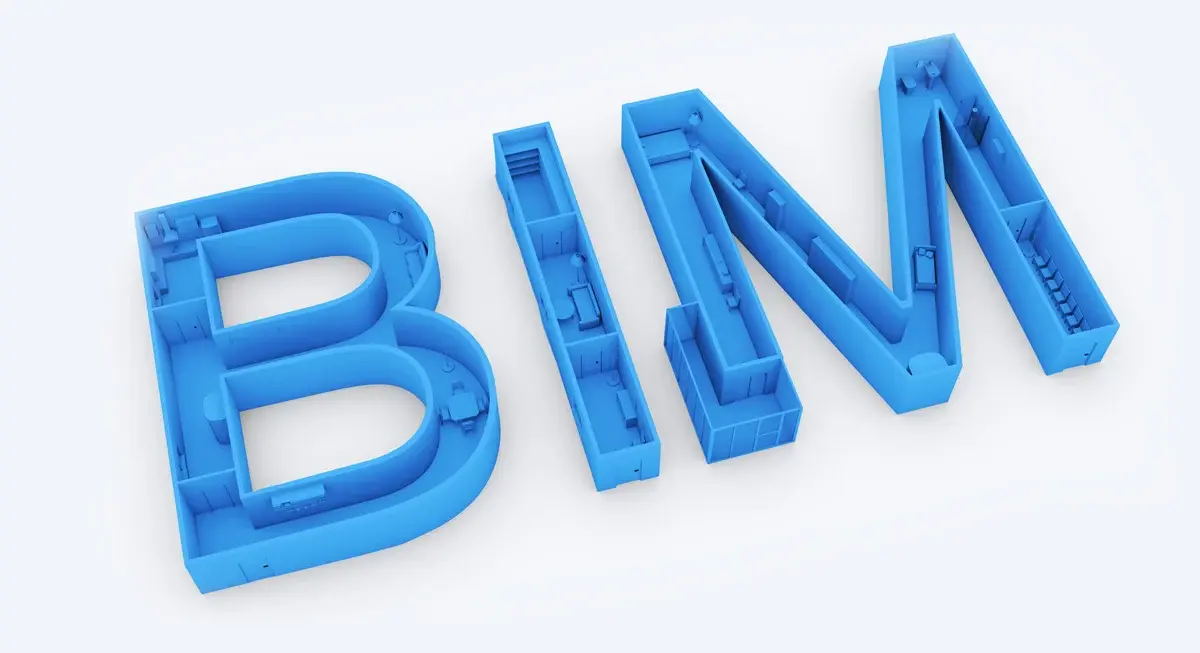
Placing a dome at the top of a square space is an architectural challenge dating back thousands of years. Overcoming it contributed two of the most important advances in structural history—pendentives and squinches. These were the hallmarks of architectural convention and are still used today to design domes.
Pendentive and squinch architecture responded in varying ways to the same structural challenge, enabling domes to fit elegantly on top of square rooms without compromising stability. Though an ancient solution, these procedures are still pertinent, particularly as dome structures are reenvisioned with digital technology.
This blog discusses the structural reasoning, stylistic variations, and ongoing applicability of these methods in designing classical and modern domes.
What Are Pendentives?
Pendentives are triangular curved structures that assist in bridging the dome's rounded base to sit on a square or rectangle area below it. Pendentives are spherical triangles supporting a dome to securely sit on four supporting piers.
Key Characteristics:
- Formed as the result of cutting through a sphere, yielding a triangular curved surface
- The smooth and continuous transition from a square base to the dome.
- Spreads the weight uniformly across supporting piers.
Historical Examples:
- Hagia Sophia (Istanbul): An icon of pendentive Byzantine architecture, it ranked among the earliest buildings to utilize this method so successfully on such an enormous scale.
- St. Peter’s Basilica (Rome): Illustrates how the pendentive dome can be utilised to construct monumental central spaces, shaping innumerable European church designs.
The efficiency of pendentives enabled builders to construct vast interior spaces without columns interrupting the floor space. This development in pendentive architecture paved the way for countless domes built in the history of human civilization.
What Are Squinches?
Squinches are architectural features that facilitate the connection between the square base and the dome by occupying the outer corners of the square at the top. They form an intermediate shape like an octagon or polygon on top of which the dome rests.
Structural Characteristics:
- Construction with corbelling, arches, or niche-like vaulting
- It can either be structural or decorative.
- Converts a square base into a form ready for dome installation.
Squinch Architecture Examples:
- Dome of the Rock (Jerusalem): Applies squinches in an early Islamic environment.
- Sasanian Palaces (Iran): Early forms of squinch architecture, later giving rise to more advanced vaulting systems.
Squinches are usually more decorative than pendentives, particularly in Islamic architecture, involving elaborate geometric forms and muqarnas. Squinches are common in Persian and Middle Eastern monuments, where they allowed for the construction of great domes in mosques and palaces.
Key Differences Between Pendentives & Squinches

While both techniques solve the same architectural problem, they differ in design, construction, and cultural origins.
1. Geometric Shape and Structural Form
- Pendentives are curved triangular sections that are part of a sphere. They appear to “hang” between the four corners of a square space, creating a continuous circular base for the dome to rest upon. The transition from square to circle is smooth and uninterrupted, making the entire structure visually cohesive and structurally efficient.
- Squinches, on the other hand, are angular or stepped transition elements built into the upper corners of a square room. They can take many forms—arched, corbelled, or niche-like—but their primary function is to convert the square base into an octagon or polygon. This new shape can then support a circular or polygonal dome above.
2. Historical and Cultural Origins
- Pendentive architecture has its roots in the Byzantine Empire, most notably demonstrated in the Hagia Sophia in Istanbul. Byzantine engineers refined this technique to create vast interior domes without relying on internal columns, influencing Romanesque and Renaissance architecture for centuries.
- Squinch architecture originated earlier and was widely used in Persian, Islamic, and Central Asian architecture. Its development can be seen in Sasanian architecture and later evolved through Islamic innovations, often decorated with geometric patterns or muqarnas. Squinches became particularly common in mosques and tombs across the Middle East and South Asia.
3. Construction Complexity
- Pendentives require a high level of engineering precision and skilled masonry. The geometry must be exact to ensure that the dome’s load is properly transferred to the four supporting piers. Constructing a dome on pendentive demands advanced planning, scaffolding, and often high-quality materials such as stone or reinforced brick.
- Squinches are more flexible and easier to construct, especially in earlier architectural contexts. Builders could use corbelling or arch-based techniques without needing precise spherical calculations. This made squinches a preferred option in areas with limited sophisticated engineering resources or where ornamental design was prioritized.
4. Visual and Aesthetic Appearance
- A dome supported by pendentives typically appears seamless and elegant, as the transition from square to circle is subtle and organic. The viewer may not immediately notice where the square ends and the circular dome begins, creating a unified spatial experience.
- Squinches, however, have a visibly articulated transition. Their corners, steps, or arches create a defined break between the room and the dome. In many Islamic structures, this space became an artistic canvas to display intricate carvings, inscriptions, and layered geometries that enhanced the spiritual experience.
5. Preferred Use and Context
- Pendentives were favored in large-scale religious buildings like cathedrals and basilicas, where structural performance and visual unity were crucial. Their ability to support massive pendentive domes without inner supports made them ideal for open congregation spaces.
- Squinches were commonly used in mosques, mausoleums, and palaces, where architectural symbolism and decoration were as important as function. They allowed designers to blend geometry and ornament in ways that matched the visual language of Islamic architecture.
Pendentives allow for a more seamless and open dome, while squinches are versatile and easily adapted into decorative elements. Both remain central to understanding ancient and modern dome engineering.
Evolution into Modern Architecture
With the advances in digital technology, old methods such as pendentives and squinches are not outdated—only evolved. Building information modeling (BIM) and parametric modeling are utilized to simulate and optimize how domes function structurally and environmentally.
Through digital modeling, designers have been able to study load distribution, climate response, and spatial behavior to use the same principles of the dome on pendentives in efficient and sustainable ways.
To see how digital workflows reshape the field, read How Is Computational Design Used in Architecture in 2025?—an in-depth look at how computational thinking transforms spatial systems like domes, vaults, and shell structures.
If you're interested in how digital tools influence historical and modern dome design, check out Novatr’s Master Computation Design Course. This program helps professionals understand and apply digital methods to real-world architectural challenges.
Examples of Modern Domes Influenced by Ancient Techniques

1. The Capitol Building (Washington, D.C.)
The neoclassical exterior buildings across America encompass dome building elements that use pendentive dome principles to showcase the enduring influence of ancient structural systems on modern civic construction. Domes like this became widespread in colonial architecture—a legacy explored in The Powerful Influence of Colonization in India, which discusses how foreign rule redefined structural forms in India.
2. Reichstag Dome (Berlin)
The steel and glass in the radial structure are utilized at the top of the German parliament. Its load transfer imitates the concept of pendentives and squinches but is maximized with digital modeling.
3. Louvre Abu Dhabi
This cutting-edge structure mixes Islamic geometry with structural clarity. It is designed in the typical squinch architecture format that merges form with function, synchronizing with local dome construction traditions.
These examples illustrate that the spatial reasoning and aesthetic objectives that made pendentives and squinches work are still in effect today, even as the material and tools have evolved.
Conclusion
Modern professionals who combine knowledge of historic building elements with BIM digital tools have become highly sought after by architecture firms during their integration efforts as well as an understanding of pendentives and squinches. All architects who are established professionals and students need BIM expertise to succeed in the modern AEC industry.
Pursue BIM modeling career preparedness by joining the Building Information Modeling (BIM) Course for Architects V2.0 by Novatr. The 7-month Building Information Modeling (BIM) for Architects course delivers practical learning based on specific training guidelines alongside international professional mentorship for obtaining BIM-based career skills.
A limited number of seats remain open for enrollment, so candidates should apply immediately to begin their path toward achieving BIM career success.
The Resource Page provides all necessary design materials, industry information updates, and tool resources.
Was this content helpful to you



.jpg)







